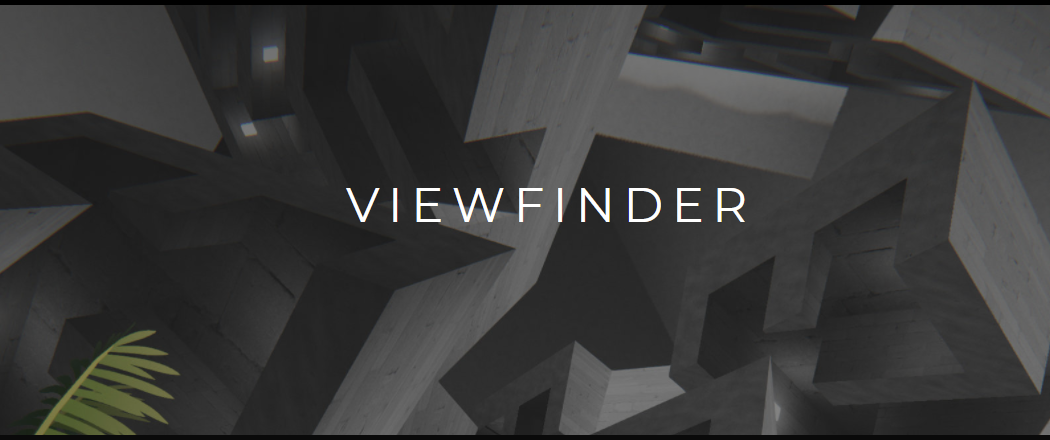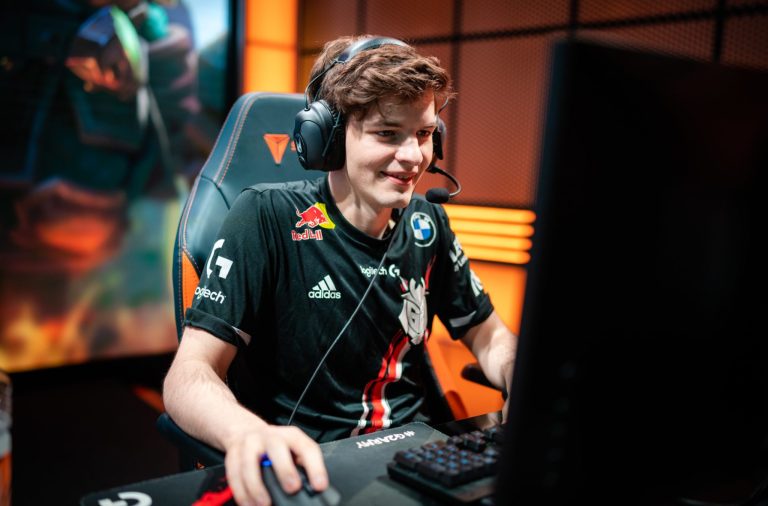Last year, student developer Matt Stark dazzled us with the first glimpse at an unusual new game that would allow you to take images of the environment, print off a polaroid, and then superimpose the picture back into it.
One year later, we have a new name for the game (Viewfinder) and a clearer idea of how this wacky technology may play out in a full-fledged game. It will make more sense after you see it in action.
Since we last spoke with Viewfinder, Stark has been hard assembling a team of partners under the Robot Turtle banner. This features some legitimately sleek, The Witness-inspired environmental graphics, which lends weight to the polaroid effect. He’s not just rearranging cubes and boxes anymore; he’s rearranging entire buildings and streets.
Hi #PitchYaGame! We're Robot Turtle, a UK team with global collaborators! 🥰
— Matt Stark (@mattstark256) June 1, 2021
Viewfinder is a mind-bending 1st person adventure game in which you can bring pictures to life and step into other worlds.
Use your instant camera to reshape the world and uncover its mysteries! pic.twitter.com/vW6k0Zm888
Whereas it was previously just a clever gimmick, we now have a good idea of how Viewfinder may play out as a true puzzle game. The camera is seen duplicating things to solve puzzles, building new maps to explore within levels, and traversing locations to match up fragments of a new frame.
Viewfinder has several parallels with Valve’s long-rumored “F-Stop,” a mechanism the firm considered for a Portal prequel before scrapping it. F-Stop was a well-held secret until last January when indie firm LunchHouse Software exposed the hows and whys of F-Stop in a YouTube series called Exposure.
Since then, we’ve seen a couple additional variations on perspective-based puzzles, like Superliminal and Maquette. Viewfinder is still a ways off, with no specific release date set, but I’m thrilled to delve inside its picture-perfect puzzles one day.









